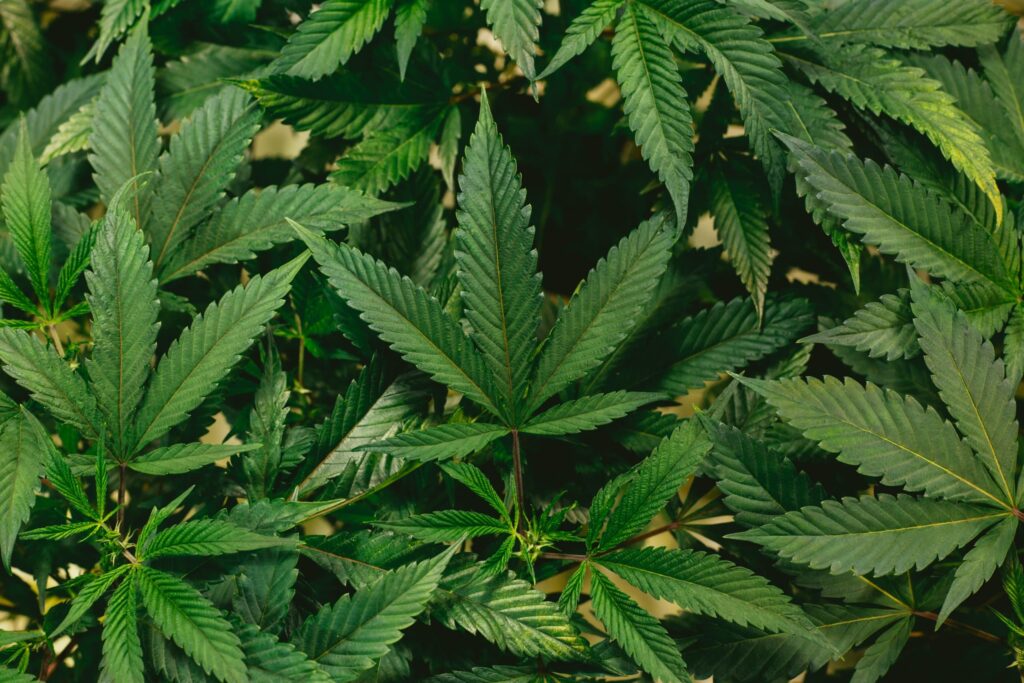Introduction:
Hawaii, with its lush landscapes and rich cultural heritage, has a longstanding relationship with cannabis. From traditional medicinal uses to modern medical cannabis laws, the history of cannabis in Hawaii is both fascinating and complex. In this article, we delve into the historical roots and evolution of medical cannabis in the Aloha State, tracing its journey from ancient times to the present day.
Ancient Roots of Cannabis in Hawaii
Cannabis, known locally as “pakalōlō,” has deep roots in Hawaiian culture and traditional medicine. Polynesian voyagers are believed to have introduced the plant to the Hawaiian Islands centuries ago. In ancient Hawaiian society, cannabis was valued for its medicinal properties and spiritual significance. It was used to treat various ailments, alleviate pain, and promote relaxation.

Colonial Influence and Prohibition
With the arrival of European settlers and missionaries in the 18th and 19th centuries, attitudes towards cannabis in Hawaii began to shift. The colonial authorities imposed restrictions on cannabis use, viewing it as a threat to social order and moral values. In 1929, Hawaii enacted its first cannabis prohibition law, criminalizing the possession and cultivation of the plant.
Revival of Medical Cannabis Advocacy
Despite the prohibition, cannabis continued to be used clandestinely for medicinal and recreational purposes in Hawaii. In the late 20th century, as attitudes towards cannabis evolved globally, there was a resurgence of interest in its therapeutic potential. Medical cannabis advocacy groups emerged in Hawaii, advocating for the legalization of cannabis for medical use.
Legalization of Medical Cannabis
In 2000, Hawaii took a significant step towards medical cannabis legalization with the passage of Act 228, also known as the “Hawaii Medical Use of Marijuana Act.” This legislation allowed qualifying patients to use and possess cannabis for medicinal purposes with a physician’s recommendation. The law established a framework for the cultivation, distribution, and use of medical cannabis in the state.
Development of the Medical Cannabis Program
Following the passage of Act 228, Hawaii established its medical cannabis program to regulate the cultivation, processing, and distribution of medical cannabis. The program underwent several revisions and expansions over the years to address regulatory challenges and meet the needs of patients. In 2015, Hawaii authorized the establishment of dispensaries to provide safe access to medical cannabis for registered patients.
Expansion of Qualifying Conditions
Over time, Hawaii has expanded the list of qualifying medical conditions eligible for medical cannabis treatment. Initially limited to conditions such as cancer, HIV/AIDS, and glaucoma, the list now includes chronic pain, epilepsy, multiple sclerosis, and post-traumatic stress disorder (PTSD), among others. This expansion reflects growing recognition of the therapeutic benefits of cannabis for a wide range of health conditions.
Challenges and Opportunities:
While Hawaii’s medical cannabis program has made significant strides, it has also faced challenges such as regulatory hurdles, supply shortages, and financial constraints. Additionally, disparities in access to medical cannabis persist, particularly for underserved communities and rural areas. However, the program continues to evolve, with ongoing efforts to improve patient access, product quality, and regulatory oversight.
Cultural and Economic Impact:
Beyond its medicinal applications, cannabis plays a significant role in Hawaii’s cultural and economic landscape. The cultivation of cannabis, both for medical and recreational use, contributes to the state’s agricultural sector and provides employment opportunities for local communities. Moreover, cannabis tourism has emerged as a niche market, attracting visitors interested in exploring Hawaii’s cannabis culture and products.
Looking Ahead:
As Hawaii continues to navigate the complexities of cannabis regulation and legalization, the future of medical cannabis in the state remains promising. With ongoing research, education, and advocacy efforts, medical cannabis has the potential to enhance healthcare options and improve quality of life for patients across Hawaii. As the Aloha State embraces its rich cannabis heritage, it stands poised to shape the future of medical cannabis policy and practice.
Conclusion:
The history of medical cannabis in Hawaii is a testament to the enduring relationship between the plant and the people of the islands. From ancient medicinal traditions to modern legalization efforts, cannabis has played a multifaceted role in Hawaii’s cultural, social, and economic fabric. As Hawaii embraces the therapeutic potential of medical cannabis, it continues to chart a path towards a more compassionate and inclusive approach to healthcare.
